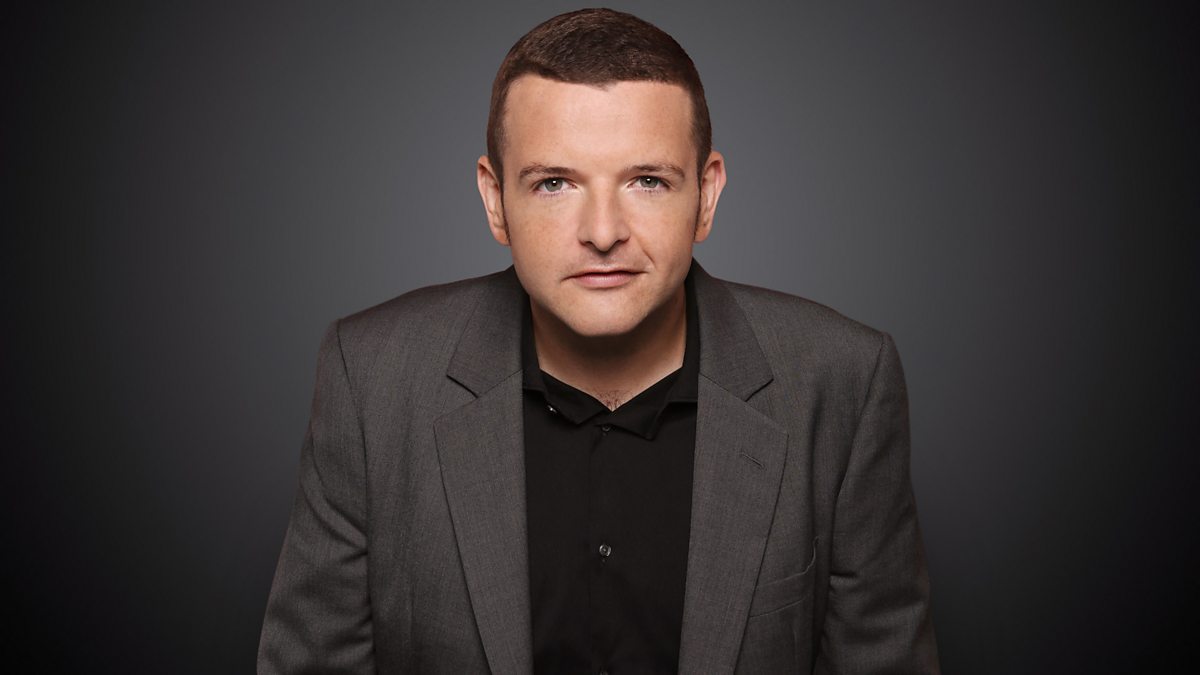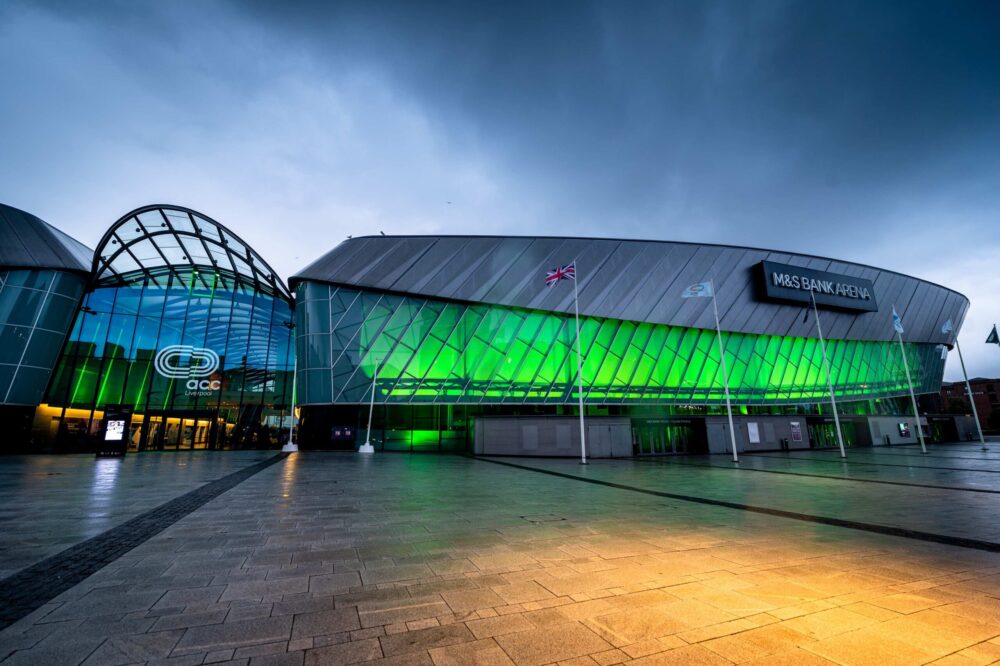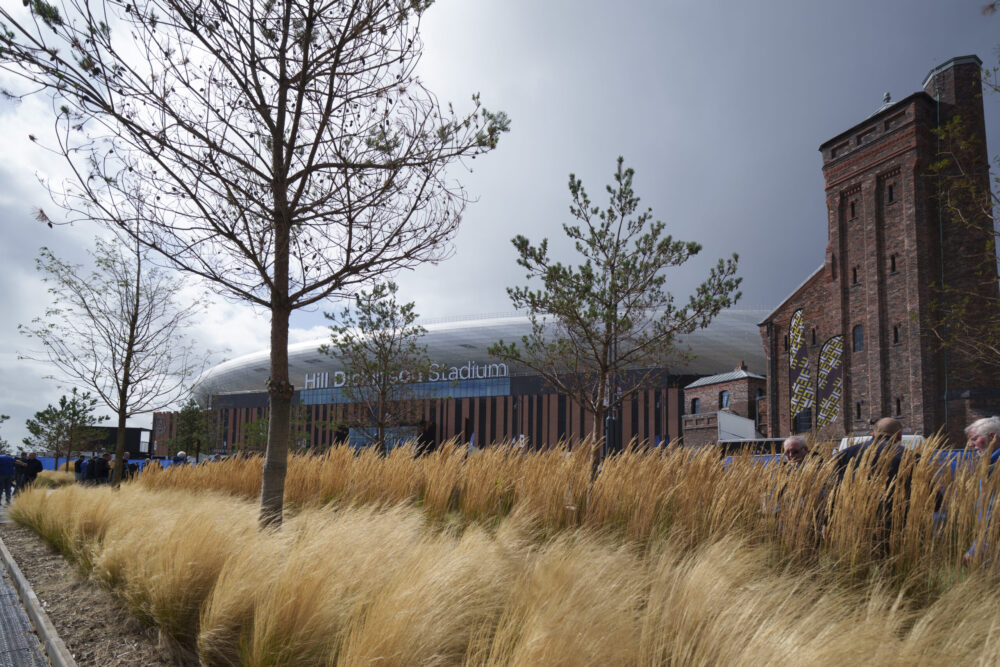
Latest
Work on the £22m strand revamp enters new phase
5 years ago

Work on a radical redesign of one of Liverpool’s most famous roads is to enter a new phase this week – with festive shoppers being asked to make allowances in their journey.
The Strand – which runs past the historic Royal Albert Docks, Liverpool ONE and Three Graces and hosted the finale to Liverpool FC’s Champions League homecoming last June – is undergoing a £22m eco-friendly upgrade to improve safety and air quality.
Work began at the end of June and from Wednesday, 2 December the current one lane filter on the Southbound carriageway will be extended to allow contractors to install a new kerb line, footpath and to plant 13 new trees.
The one lane filter, which currently runs from the Leeds Street and Great Howard Street junctions to Water Street, will now continue to the next junction at Brunswick Street. Two lanes will remain from there until the James Street junction, opposite Mann Island.

The phasing of the one-lane filter coincides with Liverpool entering Tier 2 status after the second national lockdown to control Covid-19.
Traffic is expected to increase due to the easing of restrictions on the retail and hospitality industry.
And with public transport still limited due to Covid-19, motorists arriving into the city centre from the north to do Christmas shopping are advised to expect queues and allow for additional time for their journey.
This current phase is due to end in March 2021 with further lane restrictions continuing from Chapel Street to James Street through to Spring 2021.
Untouched in its design layout since the 1950s, the two kilometre long, four lane dual carriageway is often gridlocked at peak times and has become a hotspot for road accidents with four fatalities in the past two years.
The redesign of The Strand aims to make the city’s World Heritage listed waterfront, with its docks, museums, venues and cruise terminal, more accessible for pedestrians with both the removal of a traffic lane in each direction and the closure of traffic junctions at Water Street and Mann Island with Goree.

Another key element is to create a permanent segregated cycle lane to connect the south of Liverpool to the north, allowing cyclists to eventually ride the full length of the Mersey from Otterspool to Southport. Plans are also being developed to ensure the city’s new 65-mile pop-up cycle lane network is connected.
New trees and public spaces are also being installed as part of a wider strategy to attract and promote walking in the city centre.
The project is critical to the £47m Liverpool City Centre Connectivity (LCCC) scheme which has already led to changes to Victoria Street, Dale Street, Brownlow Hill, City Bus Hub and the removal of the Churchill Way Flyover, and will also include a revamp of Lime Street and a new coach park.
Based on computer modelling, it is estimated car journeys at peak times along The Strand – from the end of Leeds Street in the north to Upper Parliament Street in the south – will be reduced by more than a minute in both directions.
The significant redesigning of how key junctions are used, including the banning of turns cutting across The Strand, will also ensure traffic flow is more fluid meaning less air pollution, as cars are not stopping starting so frequently.

The newly planted trees take the form of a tree Sustainable Urban Drainage system (SUDs) and will make use of any excess surface water on the carriageway, which will be diverted into the tree pit and tree watering system. This will both reduce the need for excess water to go into the drainage system and help to reduce the flooding pressure on the grids and gullies during periods of heavy rainfall. The SUDs approach is being used across the city centre in partnership with the Mersey Forest and the Urban Green UP project.
The LCCC is receiving £40.1m from the Local Growth Fund with local match funding of £7m and is a major part of Liverpool City Council’s Better Roads programme. Local Growth Funding is awarded to the Liverpool City Region Local Enterprise Partnership (LEP) and invested through the Liverpool City Region Combined Authority through its Strategic Investment Fund.
Councillor Sharon Connor, Cabinet Member for Highways, said:
“We’re pleased with the progress so far on The Strand but this week is the first time we’ll see a return to what you could call “normal traffic” – and unfortunately this is going to mean queues and delays.
“The move out of lockdown into Tier 2 in the run up to Christmas is hugely welcome for our shops, restaurants, bars and entertainment venues, but this also means extra traffic on The Strand at a time when its capacity has been reduced to enable the revamp.
“We’re working with the contractors to ensure disruption is kept to an absolute minimum, but a road scheme of this scale in the heart of the city centre is both complex and intrusive – and with a festive period like no other the impact is completely unavoidable.
“I would encourage people coming in from the north of the city to plan their journey’s accordingly over this festive period – and take full advantage of the extended shopping hours available to them. Clearly public transport is not operating the way it would because of Covid, so the additional pressure on the roads means we need people to plan ahead.
“We have cameras in place to monitor traffic and our engineers will be able to programme the traffic signals to reflect demand and ease congestion where possible.”
Councillor Connor also added that The Strand’s safety record was appalling and needed to be adressed.
She continued: “Four fatalities in the past two years in unacceptable and shows what a hazard it is to pedestrians. By significantly redesigning how the junctions work we can take a lane out and the traffic will still flow better. As a result we can widen the pavements for pedestrians to ensure a safer experience and install a segregated cycle lane.
“We know people have been sceptical as the idea of one less lane equals smoother traffic flow sounds counter-intuitive. But the fewer junctions are the key. Also people need to bear in mind that how buses use the city centre is about to change as well, which will become clearer when the new timetables are introduced later this year.
“It’s important not to look at the changes to The Strand in isolation. All of these new and planned changes to our city centre roads are inter-connected and that’s how this scheme should be seen – not one at a time but as whole, fitting together. Of course, these changes are being introduced to reflect how the city centre has evolved and how people use it. That will continue as the city centre continues to develop – especially in the wake of Covid-19 and the renewed emphasis on active travel and cycling.”









 Subscribe
Subscribe Follow Us
Follow Us Follow Us
Follow Us Follow Us
Follow Us Follow Us
Follow Us Follow Us
Follow Us











